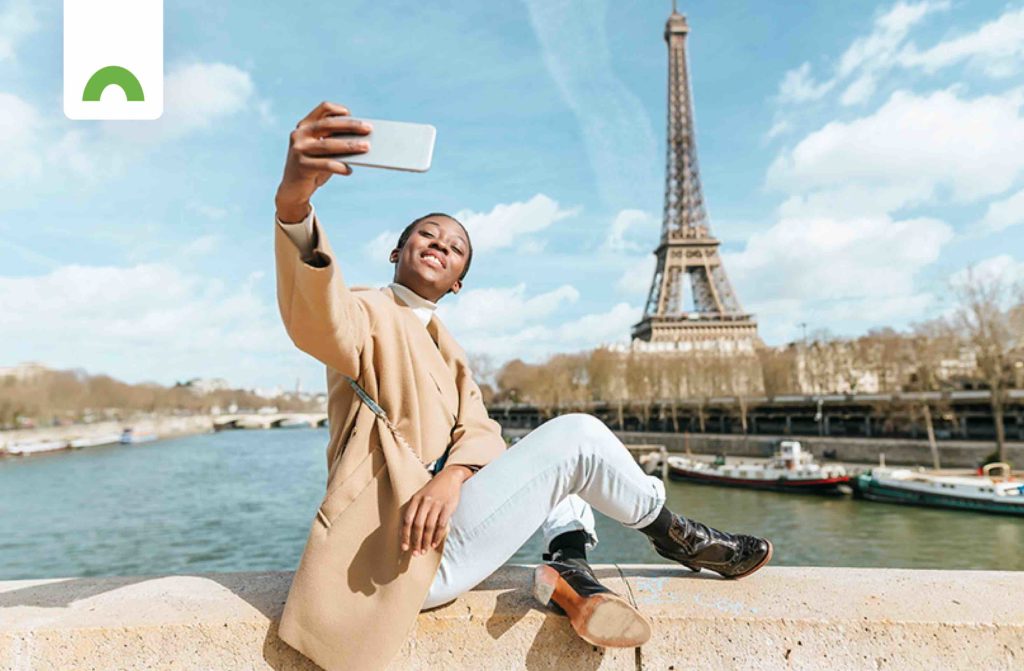On a trip once I saw a volcano erupting in the distance. What an exhilarating, once-in-a-lifetime experience that was!
That’s what travel is all about: experience and emotion. After hiking up the side of an Andean glacier, the ache in my muscles gave me joie de vivre. And then an angry alpaca chased me because I called it a llama.
Experiential travel and the consumer experience
In the case of the modern traveller, the type of travel experience and the buying experience are two separate but intertwined issues. Whatever you offer your target customers, will either reflect your understanding of what motivates and entices them to travel, and what will keep them loyal to your brand.
As travel becomes more complex, travellers need your expertise to guide them to make the right choices for their trips. Understanding what the client wishes to experience will help you identify ways to enhance your offering, go the extra mile and present a more attractive proposition.
Comprehensive, end-to-end service is all the rage now. To fill the gaps, you should be looking into partnerships with other service providers to stitch together a holistic offering that covers all the traveller’s needs. This includes the convenience of travel content in your client’s own language, wherever possible. It’s about being sensitive to the needs of international travellers to give them the best purchasing experience.
It’s 2016, the year of the experience
Research shows that travellers have a bigger travel budget this year and they’re keen to treat themselves and their loved ones, motivated by a desire to do something and visit a destination for the first time.
Experience is the new currency with an emotional incentive to share, shown off and remember forever. In 2016, experiential travel will be quite diverse:
- Multigenerational travel
Families will want to take road trips in Winnebago’s, go camping, and enjoy nature; grandparents will want to treat their kids and grandkids to a wildlife safari trip. They will be keen to spend quality time together and create lasting memories. The challenge for you will be to cater to varying interests for different ages to add appropriate value.
- Cruising
On one hand, ocean cruising represents the luxury, first class treat of an all-inclusive, hassle-free holiday, with diverse options in gourmet dining and onshore excursions. On the other hand, river cruising continues to grow in popularity as a more affordable option, where partnerships with land-based service providers would complement the overall offering.
- Adventure and activity travel
It’s for the traveller wishing to escape their comfort zone and the tedium of routine. They want to challenge themselves with the likes of trekking and rafting, the stuff of adrenaline and endless photo opps. They’re keen to experience untouched or unique places, even to volunteer in local conservation projects. They tend to be environmentally conscious and desire a green travel experience.
- Solo or spiritual travel
Only authentic, off-the-beaten-track experiences wanted here, preferably in the way that locals live. These free spirited travellers feel compelled to immerse themselves in the culture of the place and people, but to do it in a respectful, culturally-sensitive way.
The new currency of experiences
Other types of experiential travel include sporting events, music festivals and culinary vacations. The common denominator is the desire for a niche experience – the traveller will be more conscientious about purchasing travel products that reflect those desires.
Consumers are choosing experiences over stuff… experience is the new branding.
Brian Solis
Proving that you know your client can translate directly into brand loyalty. Gain valuable insights by studying search analytics on your website and social media platforms in order to predict trends and preferences among your audiences. Travellers will rely increasingly upon recommendations from other travellers, especially from online reviews. Knowing the client will inform your marketing efforts, so that you create the right content to evoke the requisite emotion.
Emotion is at the heart of experiential travel. And this is where your marketing assets come into play.
By using more vivid visuals, you illustrate greater empathy with the traveller. We’re talking emotive, beautiful, storytelling photo galleries and videos as the best way to go. Video works particularly well with its moving images and sound – moving images move audiences!
Mobile is part of the service
The growth of mobile, online and virtual shopping means it’s here to stay – with practical implications for the travel buyer journey and the way you access your target markets. Consumers seem to want apps for everything, while travellers specifically require the integration of mobile technology into travel – from the planning and booking stages, right through the travel stage and after.
Let’s say your client has a particular interest in food: maps of local restaurants and markets would add great value. They would also benefit from convenient access to their trip information on whatever devices they use during travel.
More than 3 in 4 travellers agree that their smartphones are very important, even critical…
Review Trackers
This is the future of travel: Empowering consumers with emotive content that shows empathy with their desires; offering end-to-end experiences both as travellers and consumers; and crucially, providing clients with the priceless currency of memorable travel experiences.


Would you like to share your thoughts?
Your email address will not be published. Required fields are marked *